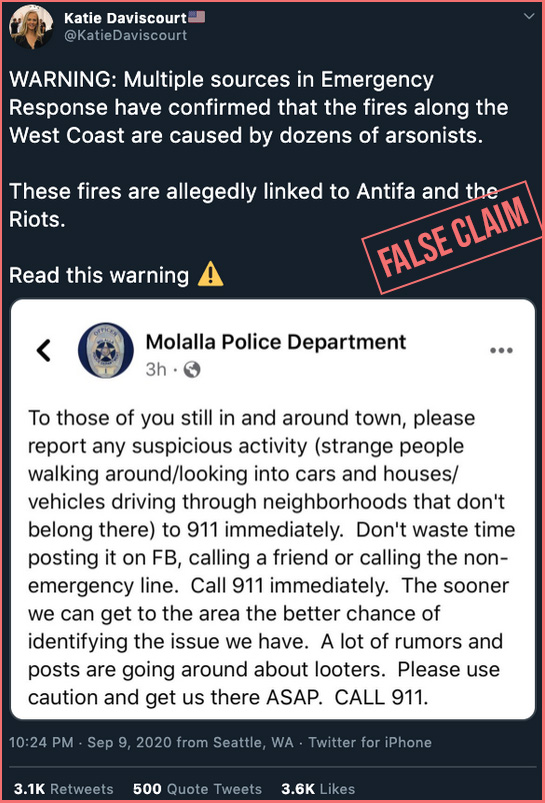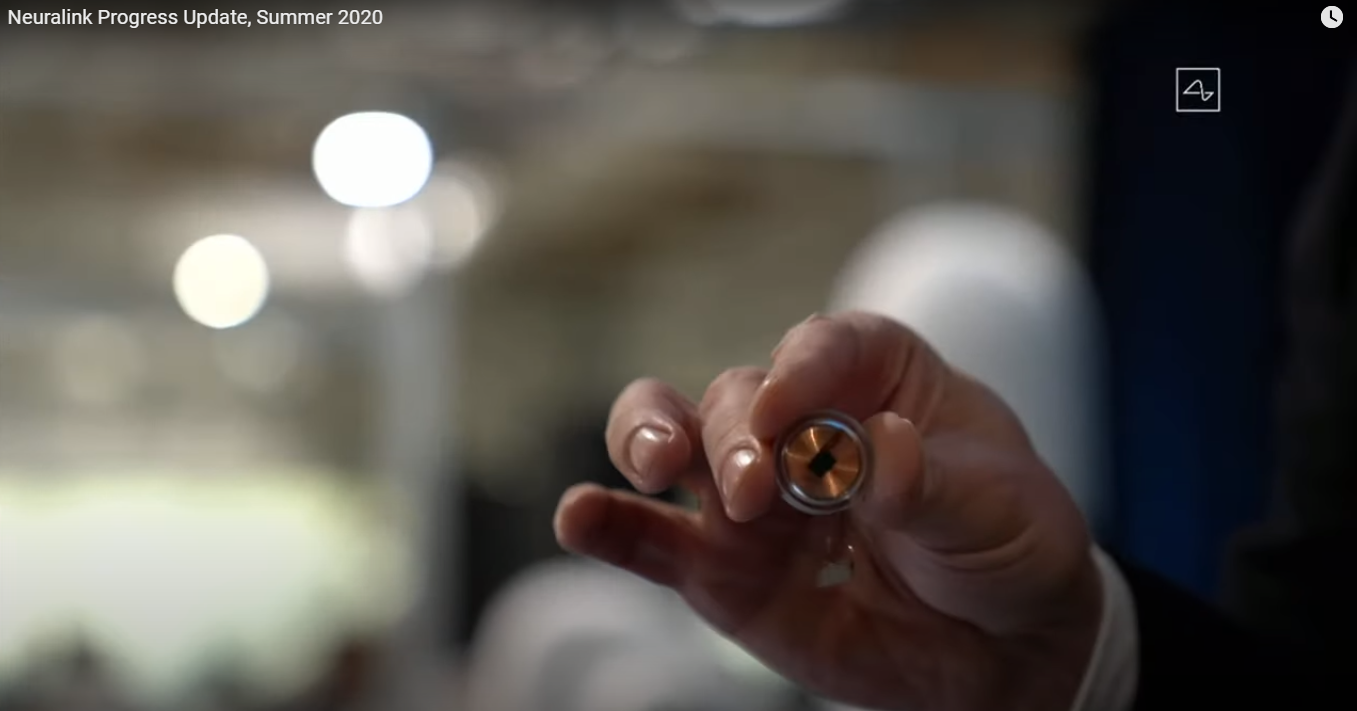In April, Amazon announced it would contribute $10 million to a pair of projects designed to pay forest owners across the Appalachian Mountains to manage their lands in ways that capture more carbon dioxide from the air.
It is one of the first investments in the retail giant’s $100 million Right Now Climate Fund, an initiative to support the use of “nature-based climate solutions” like forests, grasslands, and wetlands to absorb more of the greenhouse gas. Amazon launched it last year in partnership with the Nature Conservancy, a conservation nonprofit, as part of its effort to reach “net zero carbon” by 2040. Together, they’re developing ways Amazon and other companies can effectively pay others to prevent or remove enough emissions to counterbalance those from their own operations.
But offsets researchers reviewed one of the proposals for the forests in the eastern US on behalf of MIT Technology Review and warned it may significantly overstate carbon reductions. Moreover, studies and articles have repeatedly highlighted similar problems with other offset programs designed to incentivize additional carbon uptake through things like trees and soil.
That’s raising real concerns as a growing list of large companies, including Amazon, Microsoft, and even oil and gas giants like Shell, trumpet “net zero emissions” plans that will rely heavily on nature-based offsets to theoretically cancel out their continuing climate pollution.
Lowering landowner costs
Trees suck carbon out of the air through photosynthesis and store it in their trunks, leaves, roots, and branches. Healthy forests with larger trees generally capture more carbon than overpacked forests, where smaller trees and other vegetation compete for water, sunlight, and space. When trees fall down and rot, or are cut down and converted into products like paper, much of the carbon is released back into the atmosphere.
The Nature Conservancy partnered with the American Forest Foundation to create a new offset protocol designed to allow owners of small tracts of wooded land to earn credits for taking steps to suck up and store more carbon.
The Family Forest Impact Foundation, an affiliate of the American Forest Foundation, will pay the landowners for carrying out two practices: promoting the growth of larger trees by harvesting less than previously planned, and thinning out competing shrubs and other vegetation. The change in practices must persist for 20 and 10 years, respectively.
The Family Forest Impact Foundation will, in turn, sell credits for the additional carbon that builds up on the properties to companies like Amazon on voluntary offset markets.
Family landowners largely haven’t participated in such markets up to now because complying with the programs can be complicated and expensive.
“Existing carbon forest markets weren’t working for small landowners,” says Christine Cadigan, director of the Family Forest Carbon Program at the American Forest Foundation. By easing some of the most cumbersome requirements, the groups believe they can reduce the costs by 75%, she says.
The organizations are working with Verra, a nonprofit that accredits offset protocols, to “review and validate” the approach. In the second Amazon-funded effort, known as Forest Carbon Co-ops, the Nature Conservancy is collaborating with the Vermont Land Trust to develop a similar program for owners of wooded lands ranging in area from 200 to 2,000 acres.
Amazon said the two programs together will draw down or prevent the release of 18.5 million metric tons of carbon dioxide by 2031. The company didn’t respond to inquiries from MIT Technology Review before press time.
Over counting carbon reductions
Several outside researchers who have looked at the proposal, however, fear there are a few ways the program could overestimate the carbon reductions actually achieved.
The biggest red flag for Barbara Haya, a research fellow at the Center for Environmental Public Policy at the University of California, Berkeley, is how the program deals with what’s known as “leakage.” This occurs when reduced timber harvests brought about by offset projects simply lead to increased harvesting elsewhere.
Haya says some earlier research suggests that more than 80% of such reductions can simply shift to harvesting on timberlands in neighboring regions or even other nations. But under the rules for the reduced harvesting practice, landowners would generally only need to account for a 10% leakage rate in their calculations.
This suggests that even if the family forest projects do draw down significant additional carbon, much of the benefit could be wiped out by larger harvests elsewhere, limiting the real-world climate benefits.
Some observers also worry about how the projects will be audited to ensure compliance.
One of the key ways the program promises to make participation less expensive is by eliminating the need for surveyors to come out and conduct detailed assessments of every project site.
Instead, the program will use an aggregation of sample plots in similar forests to figure out what would be expected to happen on the project land in the absence of the program, given common forestry practices in the region. They’ll then compare those figures with field measurements of additional stored carbon over time from a “statistically significant random sample of properties” enrolled in the program, to determine how much more carbon the practices should be saving or removing.
This approach may produce an accurate accounting over time, says Grayson Badgley, a plant physiologist at Black Rock Forest and Columbia University. But he says it will be tricky to ensure that all the assumptions are correct, and that they properly select and weight plots to reflect conditions and land management practices on the enrolled projects.
One risk that is that the forestry practices assumed to be common in the area could be more representative of large timber companies than family landowners. That would exaggerate the amount of harvesting that would have occurred in the program’s absence, thus overstating the carbon gains it achieves.
Finally, there are additional concerns about whether the program will bank enough credits to account for setbacks that could occur if landowners simply increase harvesting at the end of the 10- or 20-year contract terms—or as a result of natural risks to trees like wildfires, storms, and insect infestations, all of which are rising with climate change.
In an email, Cadigan stressed that they’re still in the approval process and are working through various adjustments based on public comments and other feedback. But she also said they’re confident that their methodologies will bring about sustained improvement in forestry practices and accurately estimate additional carbon removal over time.
“Once they’ve reset their management, it actually makes more economic sense for them to maintain this approach, and as a result, this management will have a long-term positive impact,” she wrote.
The broader risks
The family forest program is just one of numerous offset efforts that Amazon intends to eventually invest in or purchase credits from. The company also announced plans to provide more than $4 million to an “urban greening” program in Germany, another Nature Conservancy project.
Amazon is taking concrete steps to cut its direct corporate emissions as well. It’s invested in more than 30 large-scale solar and wind projects around the world and added rooftop solar panels to dozens of fulfillment or sorting centers, as part of its effort to run entirely on renewable electricity by 2025. The retailer also agreed to purchase 100,000 electric delivery vans from Rivian with an eye toward ensuring that half of its shipments are “net zero carbon” by 2030.
But between its corporate facilities, data centers, operations, and suppliers, the company has a massive carbon footprint – and one still growing at last count. Last year it emitted the equivalent of more than 50 million metric tons of carbon dioxide, directly or indirectly. That’s up from around 44 million in 2018.
Amazon, like most companies, hasn’t specified what portion of its emissions it expects to address through nature-based offsets. But a heavy reliance on them creates very real challenges if most of these programs are, as a growing number of researchers believe, often overcounting actual reductions.
It allows companies to assert to customers, policymakers and others that they’re operating in a climate neutral way, while continuing to produce more planet-warming gases, on a ton-for-ton basis, than the programs are removing.
Another issue is that the growing number of nature-based projects is creating larger pools of low-cost carbon offsets, the availability of which can undermine the viability of more reliable carbon-capture methods.
Bottom-line-minded companies will, for instance, likely pick a roughly $10 forestry offset that purports to cancel out the same ton of emissions that Swiss startup Climeworks is charging $1,100 to reliably remove and permanently store, using carbon dioxide sucking machines and underground geological formations. (Notably, Microsoft has said it only wants to pay $20 a ton for offsets as it looks to cancel out its entire corporate history of emissions, which some observers believe will steer it away from the more dependable means of carbon removal.)
It will also often be far cheaper for a corporation like Amazon to buy offset credits than to figure out the tougher aspects of corporate emissions reductions, like fully cleaning up the shipping process or ensuring that its vast network of suppliers is carbon free.
“You are essentially giving these large corporations a license to continue doing business as usual,” says Sam Davis, a conservation scientist at the Dogwood Alliance, an environmental nonprofit focused on protecting forests in the southern US. “If we really need and want to address climate change from a corporate perspective, then we can’t just pay the debt with fancy carbon credits and greenwashing.”
Climate models show that the world will now need to slash emissions and draw down billions of tons of carbon dioxide per year by midcentury to prevent really dangerous levels of global warming. But there are limits to how much forests and other nature-based systems can do to get us there.
Ideally, these options should be reserved for the really hard-to-solve parts of the decarbonization puzzle—like aviation, heavy industry, and methane from agriculture—or used to grant poor nations leeway to continue emitting a little longer as their economies develop, says Holly Buck, an assistant professor of environment and sustainability at the University of Buffalo.
In other words, there are real risks if rich companies in rich nations buy up a disproportionate share of the cheapest sources of carbon removal while they’ve got plenty of other ways to drive their emissions toward zero.
from MIT Technology Review https://ift.tt/2HOYbpM
via
A.I .Kung Fu




